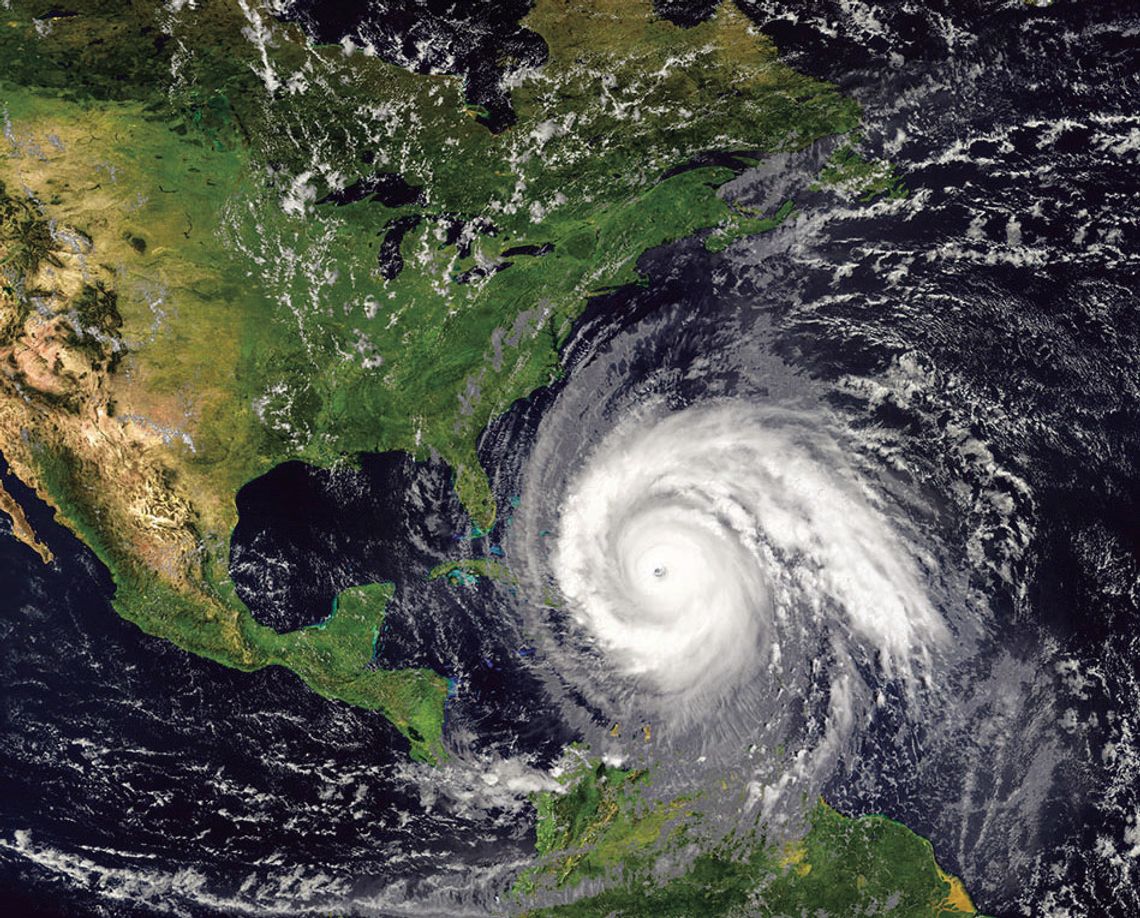Summer has officially arrived and has brought the heat with it. The healthy spring rains have bowed to higher temperatures, and drier conditions look like they’re here to stay through the rest of the summer months.
July, August, and September are typically high evaporation months. Fortunately, most of the Brazos River Authority’s (BRA) water supply reservoirs are full.
This is the second year in a row that reservoirs within the Brazos River Basin have benefited from spring rain.
“It’s been exceptionally wet for the past several months, especially in the upper Brazos drainage,” explains John Nielsen-Gammon, Texas State Climatologist and director of the Southern Regional Climate Center at Texas A&M University. “Some places, from Crosbyton to Graham, have received nearly a year’s worth of rain in the past three months.”
Chris Higgins, BRA lead hydrologist, explained at the June Brown Bag on the Brazos meeting, “We had more rainfall than normal in April and May, with more than 20 inches falling in the upper basin above Possum Kingdom Lake.”
With the spring rain, the BRA has been able to fill and maintain water supply at all three BRA-owned reservoirs.
Nielsen-Gammon explained that though Texas summers are normally hot and dry, current conditions make it difficult to predict what we should expect for the remainder of the summer and into the fall.
“Rainfall early in the summer can help with both temperature and rainfall later in the summer,” Nielsen-Gammon said. “With enhanced evaporation and transpiration, the ground is not heated as much by the sun, so the air doesn’t get as warm. (It does stay humid, though.) Also, the enhanced evaporation upwind can lead to more thunderstorm activity due to the additional low-level moisture in the atmosphere.”
“We are currently in ENSO neutral conditions and will probably stay that way for a while,” Nielsen-Gammon said.
According to the National Oceanic and Atmospheric Administration (NOAA), El Niño and La Niña collectively make up ENSO (El Niño/Southern Oscillation) and are climate patterns that affect weather around the world. El Niño and La Niña can be predicted many months in advance, providing an early indication of potential climate conditions and allowing for preparation and planning.
But ENSO-neutral is neither El Niño nor La Niña.
ENSO-neutral does not have the same predictive information that El Niño and La Niña’s atmospheric changes provide, making future weather patterns harder to predict too far in advance.
At the same time, ENSO-neutral doesn’t mean we expect upcoming seasonal rain or temperatures to be close to average.
For the Brazos River Basin, El Niño typically brings wetter than usual weather patterns and increased flooding. In contrast, La Niña typically brings drier, drought conditions and can lead to a more severe hurricane season.
NOAA’s Climate Prediction Center anticipates the temperatures for July, August, and September will lean toward above-normal temperatures. Additionally, Nielsen-Gammon states, “Things normally dry out during the summer, but fullblown drought is not expected.”
The Atlantic hurricane season runs from June 1 to November 30, and NOAA is predicting a 60 percent chance of an above-normal season.
The agency is forecasting a range of 13 to 19 total named storms (winds of 39 mph or higher). Of those, 6-10 are forecast to become hurricanes (winds of 74 mph or higher), including 3-5 major hurricanes (category 3, 4, or 5; with winds of 111 mph or higher). NOAA has 70 percent confidence in these ranges.
Looking ahead, the odds of conditions moving toward La Niña increase through the fall, but remain lower than the odds of remaining neutral.
“La Niña should develop before October,” Neilsen-Gammon said. “And even if it does, it won’t have much effect until October, other than making an active hurricane season more likely. It’s presently a flip of the coin whether La Niña will actually develop this fall; if it does, the odds tilt toward a drier than normal winter and reinforce the changes for a warmer than normal winter.”
By the November to January winter months, there’s a 48 percent chance of neutral remaining and a 41 percent chance of La Niña, with El Niño a distant third.
Currently, the BRA system of water supply reservoirs is 100 percent full and drought conditions within the Brazos River Basin are at 4 percent.
Higher temperatures and lower rainfall will give us a typical Texas summer. As with most summers in Texas, landscapes will struggle and water supplies will decline. We can help by being mindful of our conservation efforts while also staying cool and enjoying outdoor activities.

Courtesy photo
.jpg)



